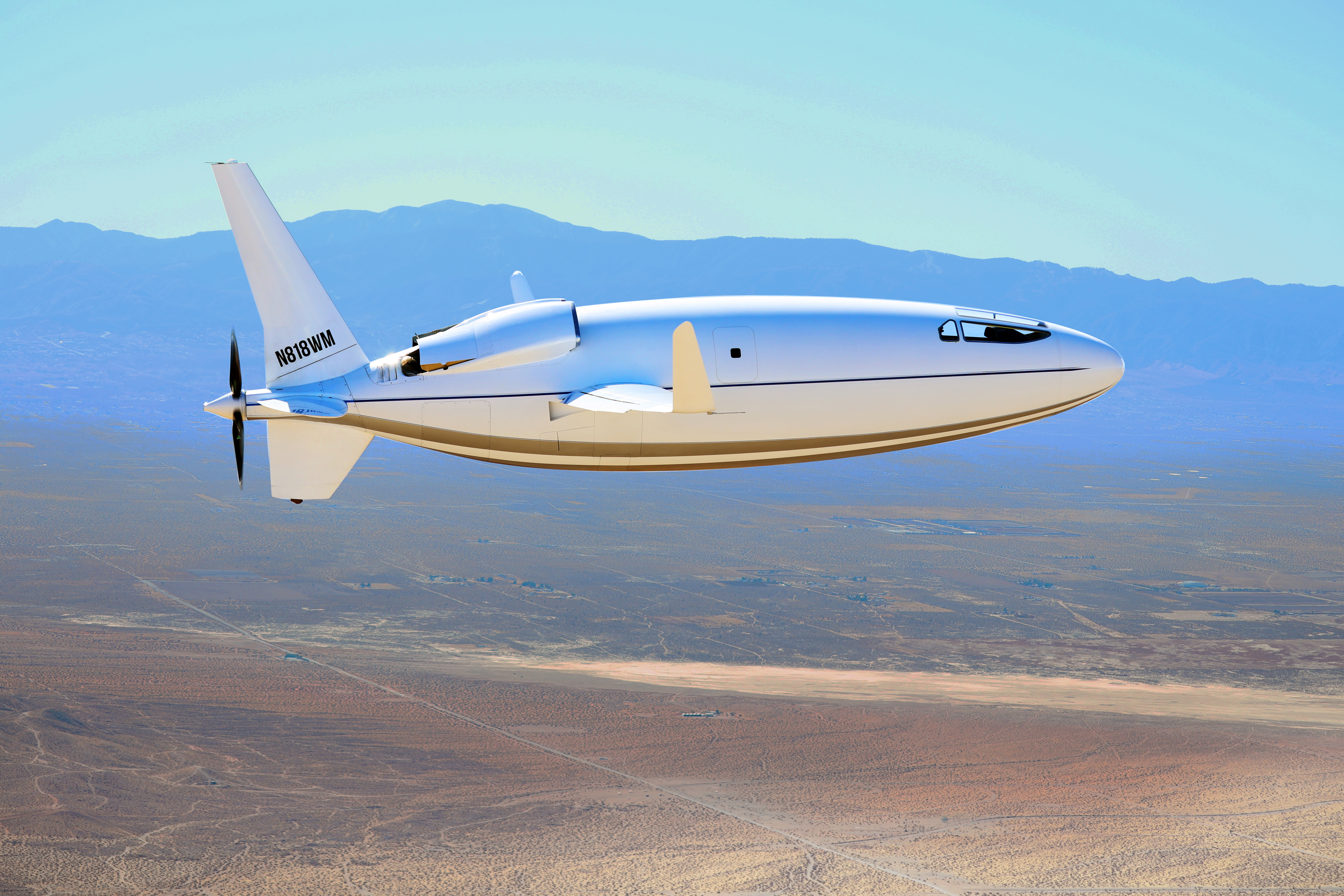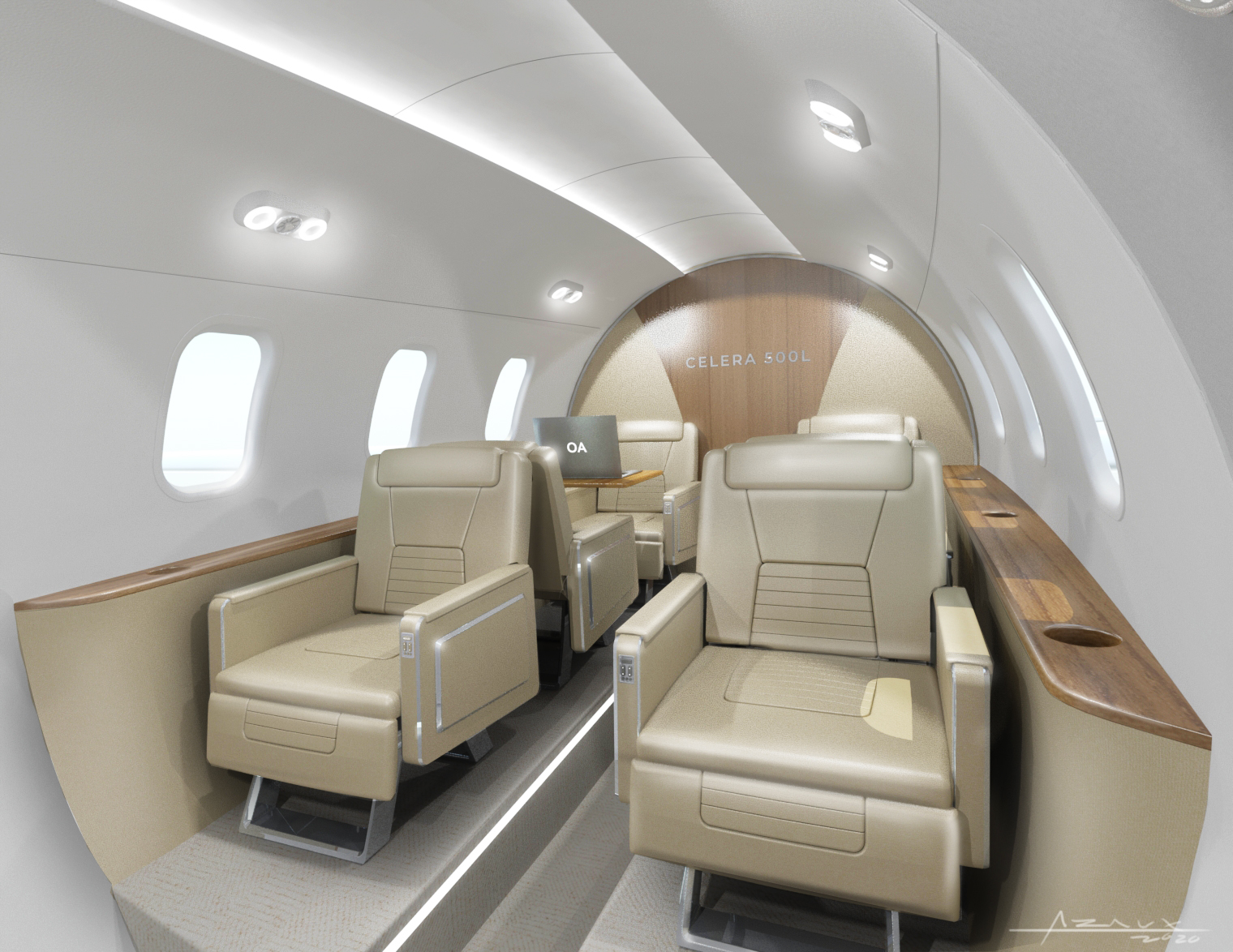Startup Otto Aviation has completed the first phase of test flights on its Celera 500L, a highly efficient airplane that could dramatically cut the cost of air travel.
“The data from our first phase of test flights shows that we are on the path to achieving our goals for the aircraft,” CEO William Otto Jr. said in a press release.
Why it matters: After labor, the price of fuel is an airline’s top cost, according to the International Air Transport Association (IATA). Fuel costs directly affect how much you pay for your plane ticket.
Making planes more fuel efficient — carrying more people, further, with the same amount of fuel — could cut airlines’ operating costs, leading to cheaper travel. It could also make flying more sustainable, as every gallon of jet fuel burned contributes to the problem of climate change.
A typical jet gets just 2-3 miles per gallon (mpg), compared to the Celera 500L’s 18-25 mpg.
The Celera 500L: One way to make an airplane more fuel efficient is to make it more aerodynamic, so air flows smoothly past it. That minimizes drag, which pushes against a plane as it flies through the air.
Changes as small as recessing the rivets on a plane’s body can noticeably reduce drag, but Otto Aviation went big with the Celera 500L, rethinking the plane’s design from the ground up.

This resulted in a plane with a teardrop body, a propeller in the rear, and long, thin wings. Designed for private use, the plane has room for six passengers, a projected top speed of 460 mph, and a range of 4,500 miles.
According to Otto Aviation, a similarly sized business jet has a range of just 2,100 miles. A typical jet also gets just 2-3 miles per gallon (mpg), compared to the Celera 500L’s 18-25 mpg. Otto claims the Celera 500L has an hourly operating cost of just $328 — 85% less than the $2,100 an hour for a typical business jet.
Acing the test: On November 17, Otto Aviation announced that it had finished phase 1 testing of a Celera 500L prototype, completing a total of 55 test flights for about 51 hours of flight time.
Those flights validated the startup’s performance goals for the plane, and it now plans to work on developing a production version of the aircraft, which it expects to sell for $5 million.
“We couldn’t be more excited in this step toward our mission of having a production aircraft in 2025,” Otto said, “and we look forward to beginning the next phase of development where we will take the aircraft to higher altitudes and higher speeds.”
Looking ahead: Otto Aviation might be one step closer to its goals, but it’s likely still years away from certification.
“It all sounds exceptionally promising, but perhaps too promising,” Richard Aboulafia, an aviation analyst at Teal Group, told CNN. “Given the combination of range, speed, capacity, and a very low powered engine given all of those metrics, I think they just need to demonstrate that it works.”

If the startup can prove itself with the Celera 500L, though, it could move forward with larger versions of the craft — it’s already developing models capable of seating up to 19 and 40 passengers.
Otto told CNN the company is in discussions with major airlines about those, so it’s possible the planes could one day take the place of the regional jets currently used for short-haul flights — and cut commercial ticket prices in the process.
“If they can actually achieve what they claim, then it should be scalable upward,” Aboulafia said. “But again, I think it’s best to take a cautious view, and wait to see whether it can be proven on their first aircraft.”
The big picture: Radical new plane designs like Otto Aviation’s aren’t the only way to reduce fuel emissions — we could also cut the costs of fuel by eliminating the need for it with electric planes.
There are also in-development biofuels made from food waste and algae, and even carbon-based jet fuel made from CO2 pulled out of the air, instead of fossil fuels pulled out of the ground. They could one day make the planes we have now more sustainable, and if researchers can get those to be cost-effective, they could also have an impact on ticket prices.
We’d love to hear from you! If you have a comment about this article or if you have a tip for a future Freethink story, please email us at [email protected].






